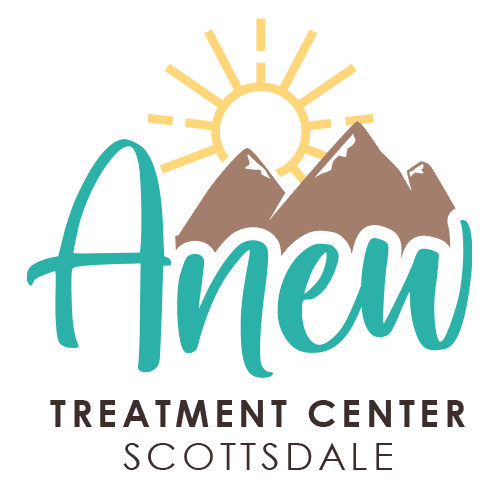What is Post-Traumatic Stress Disorder - PTSD?
What is PTSD? Learn about Post-Traumatic Stress Disorder, causes, symptoms, diagnosis, and relevant treatment options here.

What is Complex PTSD?
Complex PTSD, also known as c-PTSD or CPTSD, is caused by a series of traumatic events or prolonged exposure to trauma, as in the case of abuse. CPTSD can lead to more severe symptoms and additional symptoms that may not be present in regular PTSD.
While PTSD is thought to occur only in veterans, military service is only one example of a source of trauma. Trauma can originate from many sources, including car accidents, abuse, natural disasters, or terrorist attacks. It can also occur in the instance of medical abuse and trauma.
How Common is PTSD?

What is PSTD
Signs and Symptoms of PTSD
PTSD can manifest in many forms with a variety of signs and symptoms. For many, the exact symptoms of PTSD can depend on the individual and their specific trauma. However, a few standard signs and symptoms can indicate the disorder.
Re-experiencing Signs
Re-experiencing signs can occur in various ways when the individual is taken back to the moment of trauma. This can be either through flashbacks or nightmares. Depending on the severity, they can also pose a danger to the individual and those around them. Re-experiencing signs can also lead to other symptoms, like panic attacks.
Avoidance Signs
One of the most common forms of PTSD signs and symptoms is avoidance signs.
For example, consider someone who has developed PTSD due to being involved in a car accident. A less severe form of avoidance may be detouring to avoid driving on the road where the accident occurred, while a more severe reaction may appear as the person avoiding driving.
Arousal and Reactivity Signs
Arousal and reactivity signs manifest through how an individual interacts with their environment. The individual may be easily startled or agitated, and they often have a constant feeling of being on guard.
Cognition and Mood Signs
PTSD is a disorder of the brain, and, as a result, it can impact and impair the way the brain functions. Those with post-traumatic stress disorder may have difficulties with concentration and memory. They may also struggle to regulate their emotions, especially in stressful situations.
PTSD Causes and Risk Factors
What is PTSD caused by?
PTSD is caused by exposure to trauma. However, not every instance of trauma will necessarily lead to a post-traumatic response, including the development of PTSD. Some individuals may have risk factors that increase their chances of developing the disorder.
PTSD Risk Factors
The most significant risk factor for PTSD is being exposed to trauma. However, certain factors, such as genetics, may play an essential role in the likelihood of PTSD developing, even in the instance of trauma. The type of trauma, its severity and duration, and how it occurred are also significant considerations.
PTSD Diagnosis and Complications
Once PTSD is suspected, it can be diagnosed to begin treatment.
Who can Diagnose PTSD?
PTSD can only be diagnosed by a professional health provider. While an experienced family doctor or general practitioner may be able to diagnose the condition, it may be best to seek out a professional specializing in trauma and mental disorders if PTSD is suspected.
How to Diagnose PTSD
For a medical professional to diagnose PTSD, the individual may present the signs and symptoms of the disorder for at least one month. The medical professional will evaluate the individual’s symptoms and medical and personal history to rule out any other disorders causing the symptoms. They may also consult the diagnostic criteria for PTSD.
PTSD Complications
While PTSD rarely has complications as a disorder, it can result in difficulties in an individual’s life. This is seen most through unhealthy and unsafe “self-treatment” methods. Such complications can make a recovery more difficult and lead to other problems.
Treatment for Post-Traumatic Stress Disorder
PTSD can decrease the quality of life for an individual and make daily activities unenjoyable. However, several treatment options are available that can help manage and reduce the severity of PTSD symptoms.
PTSD Treatment Options
There are two primary forms of PTSD treatment. The first is psychotherapy, and the second is medication. These may be beneficial when used as a sole source of treatment or can be combined to ensure the highest rates of success depending on the patient’s needs.
Psychotherapy
Psychotherapy is a category of therapy that involves talking with a health care professional through guided practices. These are most often used to help foster a better understanding of the mind and its connection to thoughts and actions.
One of the most common psychotherapies utilized for conditions like PTSD is cognitive-behavioral therapy (CBT). However, some patients may benefit from counseling or exposure therapy and various other psychotherapeutic options.
Medications
The most common medicines used to treat PTSD are also used to treat depression due to their similarities. This list includes

What is PSTD
Get help at Anew Treatment Center
Living with PTSD can be difficult, and trauma can make a recovery seem daunting. However, Anew Treatment Center seeks to provide an accessible source of high-quality professional mental health services, including psychotherapy, to help you manage and reduce the severity of PTSD symptoms. Seeking healing at Anew Treatment Center can help restore your daily quality of life and the joy of day-to-day activities.
Learn More About Our Treatment Programs
Our team is ready to talk and determine how we can help. Rest assured your call is confidential. We're here for you.


